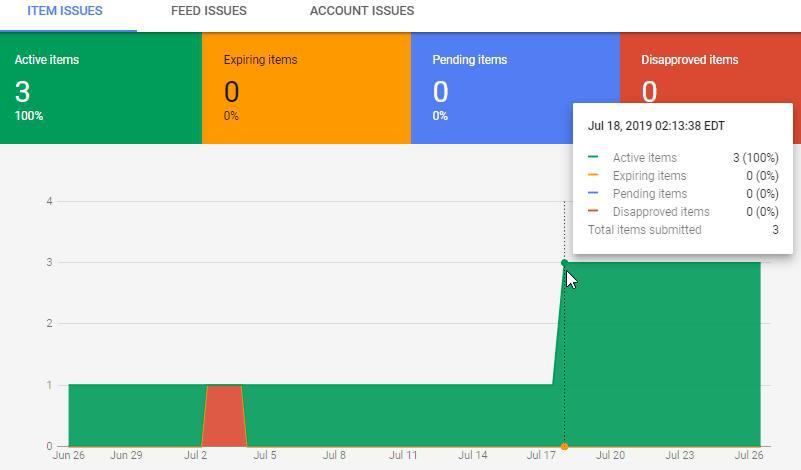 Recently, I decided to run an outside of the box idea shopping feed test just to see if it would actually work. The customer has a product that is suitable for pets. It is their only SKU. I know… one product. It clearly is an infomercial play, they’d hit it out of the park. People spend a lot of money on their pets. But this client is stubborn and DRTV can be a little pricey. So, for now, it’s shopping ads.
Recently, I decided to run an outside of the box idea shopping feed test just to see if it would actually work. The customer has a product that is suitable for pets. It is their only SKU. I know… one product. It clearly is an infomercial play, they’d hit it out of the park. People spend a lot of money on their pets. But this client is stubborn and DRTV can be a little pricey. So, for now, it’s shopping ads.
Attempting to optimize the feed for one product may seem like simple task… only one item to worry about, right? That is true. So although the client wants to push this item as being for pets, we in the digital world know that dog people look for dog items and cat people look for cat items. One could argue, “Well I have a son and a daughter, but when I look for places where kids eat free, I don’t search for restaurants where girls eat for free or sons eat for free.” A valid point… it applies to both of them.
Fortunately, I was able to make enough of a case (simple logic didn’t work) based on search query data and got approval to try this test.
I took the shopping feed (all of one item) and made a duplicate feed. I left the original feed in place and optimized for just the pet item (product ID 1). On feed #2, I changed the product ID to 1C and optimized for all the places it said “pet” and changed it to “cat”. The third feed, as you can guess, has 1D for a product ID and was optimized for “dog”.
Here’s what happened:
On the 18th, 3 versions of the same product (from 3 different feeds) were live. But dude, why didn’t you just do it all in the same feed? The reason is a similar “rule” that applies in Shopping ads… In the same way Google won’t show two PPC ads on a SERP from the same Google Ads account, two products in the same feed going to the same product landing page would be considered duplicate products and be disapproved. Now there are 3 products but still only one landing page.
What about the results?
Interesting to say the least. Clearly, my hypothesis (cat people buy cat stuff, dog people buy dog stuff) seems to have some merit and is worthy of further investigation.
CTR and Search Impression Share point to better relevancy using the specific “cat” and “dog” terms in the titles and descriptions of their respective feeds. Conversion rate is similar. 2 conversions on the dog product would’ve put us at 2% there as well. Cost per conversion is much too high regardless.
Keep in mind this is only a week’s worth of data with no changes to favor any one of the three versions of the product. The pet version is spending much more but is still generating more conversions. Is this one of those cases where more clicks, knowing some are less relevant, is still a better situation to generate sales? We’ll see.
The next steps in this test will be to put each version of the product in its own ad group and applying negative match terms specifically for just those ad groups and optimize bidding. Stay tuned for part 2…
Need help winning at your paid search campaign? Contact Us and get expert PPC advice.










